Gowanda's Glue King: The Peter Cooper Glue Factory
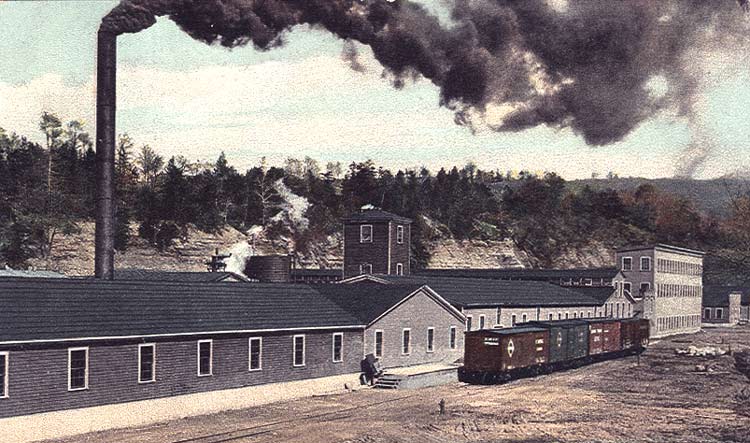
Postcard view of the Gowanda factory, c. 1910. Image source: private collection
The Eastern Tanners Glue Company was established in Gowanda in 1904 by German immigrant Richard Wilhelm and two other investors. Wilhelm eventually bought the company entirely and, over the next 30 years, purchased nearly every major glue manufacturer in the U.S. and Canada. He changed the name of the company in 1930 to the "Peter Cooper Glue Corporations," as the result of the purchase of the Peter Cooper Glue company. Wilhelm became known nationally as "The Glue King." His product, dried flaked glue, was used in countless ways by other manufacturers to make matches, plywood, book binding, electrolytic metal refining, shoe soles, household cleaners, etc.

Aerial view c. 1917. Image source: private collection
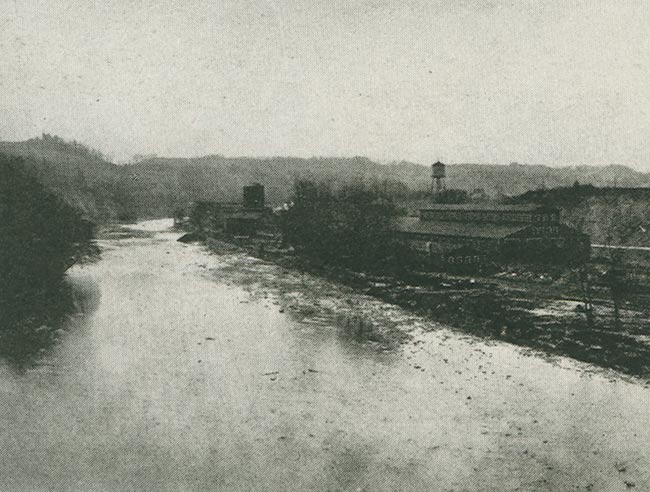
Factory viewed on the banks of Cattaraugus Creek. .Image source: private collection
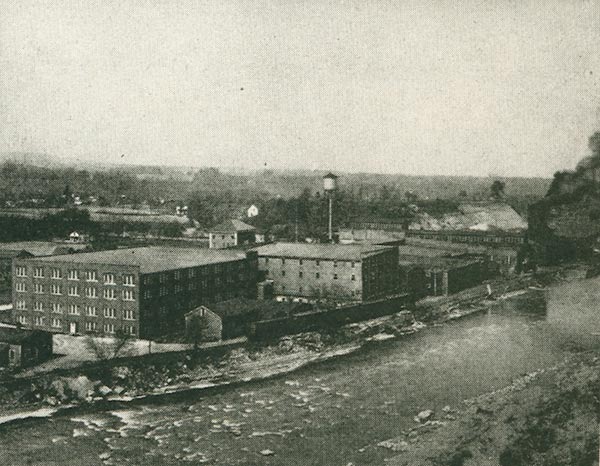
Detailed view of the factory from the opposite bank of the creek. Image source: private collection
The process of glue-making consisted primarily of boiling tanned hides and fleshings to extract the collagen. The waste products, "cookhouse sludge," contained tanning chemicals such as chromium, arsenic and zinc. These sludges were stored on the property and, in the 1970's, also in a nearby location. After the factory closed in 1985, investigations by the NYS Department of Environmental Conservation determined that serious ground water, surface water (Cattaraugus Creek), surface soil and subsoil contamination by these carcinogens was present.The Gowanda site was named one of the EPA's worst waste sites in 1998, and placed on its National Priorities List. Remediation was carried out to contain and minimize the leaching of these chemicals. In 2011, the EPA reclassified the site and declared it no longer a threat to public health or the environment. In 2014, multiple sources of financing began work to convert the former land to Zoar Valley Gateway Park, a passive/active use public park under the jurisdiction of the Village of Gowanda.
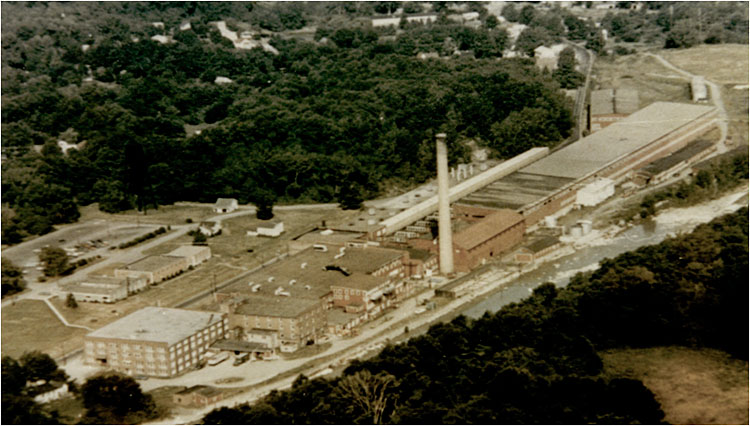
Aerial view of the Peter Cooper Factory in 1970. Image source: Gowanda Redevelopment
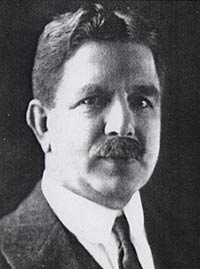 Photo courtesy Gowanda Area Historical Museum
Photo courtesy Gowanda Area Historical Museum
The environmental damage that was left behind when the factory closed is an unfortunate legacy for Richard Wilhelm, one which his life and character suggest he would never have knowingly visited on the village he loved and called his home until his death in 1940. His generosity to the village was visible in his willingness to serve three terms as village president. He was on the board of the Bank of Gowanda and, after a major downtown fire in 1924, he personally provided funds for the construction of the Hollywood Theater. He continued to invest in the village of Gowanda by constucting office buildings. But he is also remembered for keeping the Gowanda glue factory operational during the Depression when lack of demand for his product forced him to lay off employees at his many other plants around the U.S. Salaries for the 300 workers were paid from company financial reserves during the worst years of the Depression and the glue they produced was stockpiled for a better economic climate.
Thank you to Gowanda historian Phil Palen, Gowanda Historical Museum volunteers Irene Bonk Koch, Ann Tolman and Irvine Gaffney for their kindess and generous assistance with this series. And, for this page, thanks to independent scholar Jim Klug, who has studied the science of glue-making and the Peter Cooper Gowanda factory in particular, and who generously provided background information.